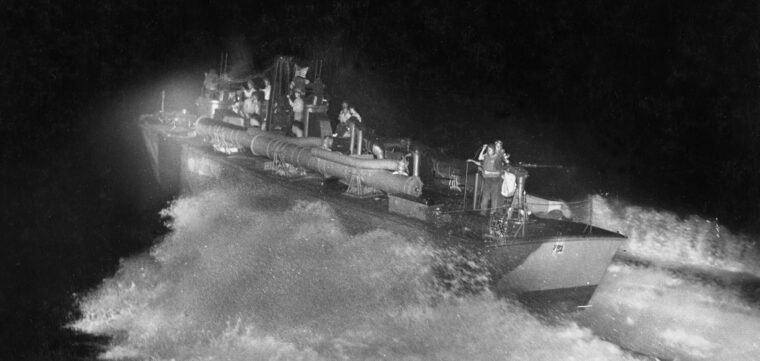
Solomon Islands
Midnight Raid in Iron Bottom Sound
By John DomagalskiShortland Harbor was bustling with activity during the late morning hours of December 7, 1942. A group of warships were slowly getting underway, making for the open sea. Read more

Solomon Islands
Shortland Harbor was bustling with activity during the late morning hours of December 7, 1942. A group of warships were slowly getting underway, making for the open sea. Read more
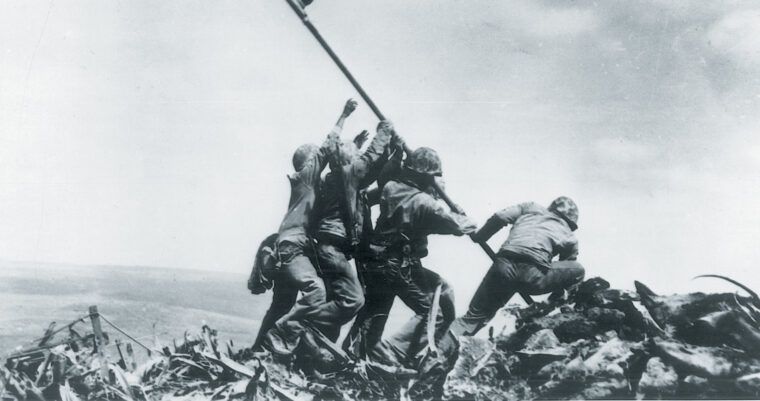
Solomon Islands
By Chris McGowan
Atop 550-foot Suribachi Yama, the volcano at the southwest tip of Iwo Jima, Marines of the 2nd Battalion, 28th Regiment, 5th Division, hoist the Stars and Stripes, signaling the capture of this key position. Read more
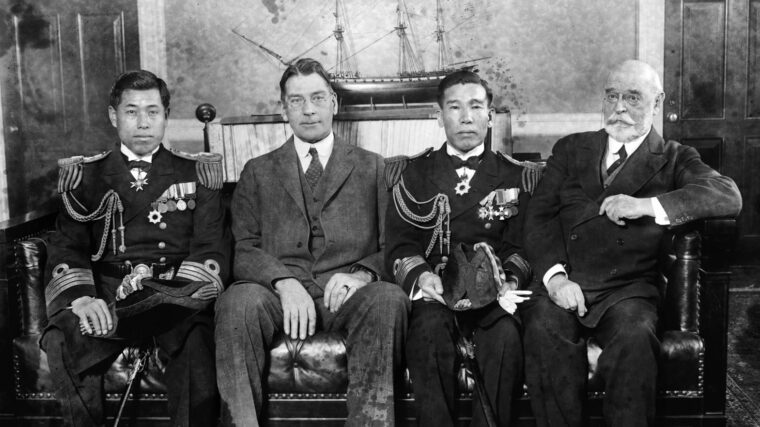
Solomon Islands
Brave, urbane, and complex, Admiral Isoroku Yamamoto was Japan’s greatest naval strategist and the architect of one of the most stunning achievements in the history of modern warfare. Read more
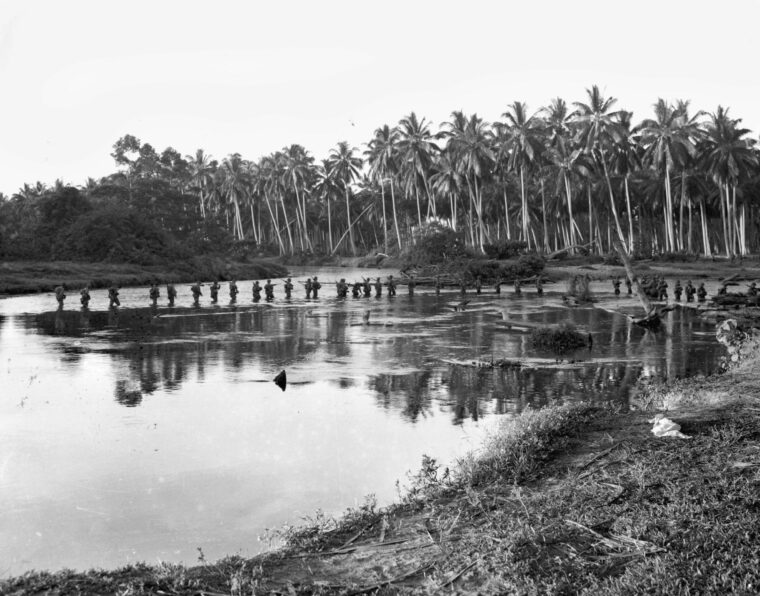
Solomon Islands
On the morning of November 6, 1942, a force of 267 Marines took its first steps into the jungle from a landing point at Aola Bay, roughly 30 miles east of the American perimeter on Guadalcanal. Read more
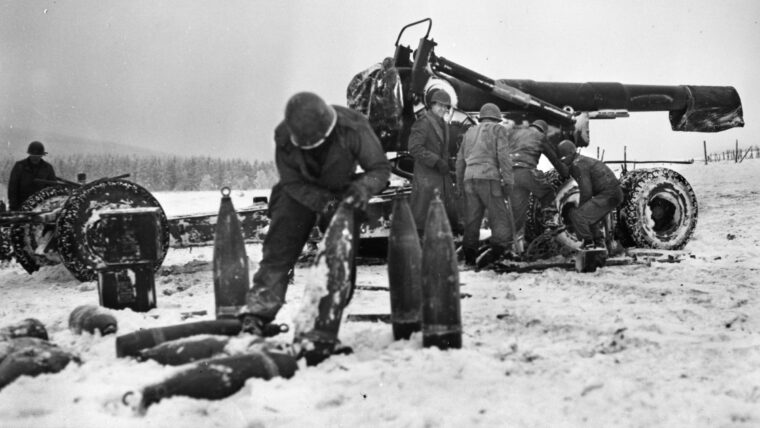
Solomon Islands
Early on the morning of December 16, 1944, the commander of the U.S. 406th Artillery Group, Colonel George Axelson, had a difficult decision to make. Read more
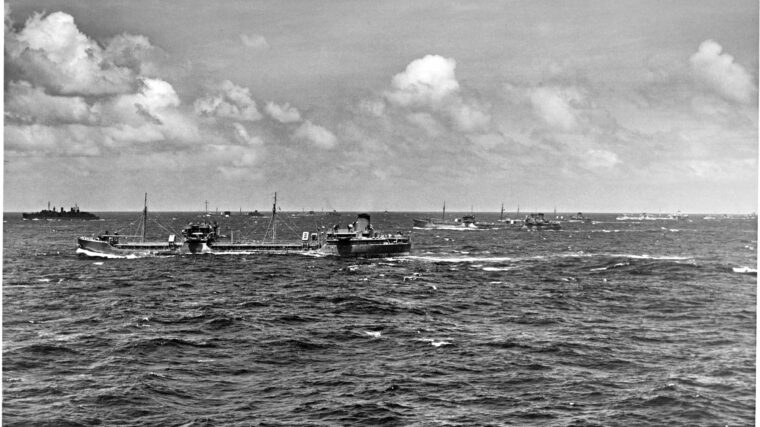
Solomon Islands
The American war in the Pacific proved to be largely a maritime endeavor. Fighting consisted of widespread naval battles between the two major opponents followed by American invasions of Japanese-held island bases. Read more
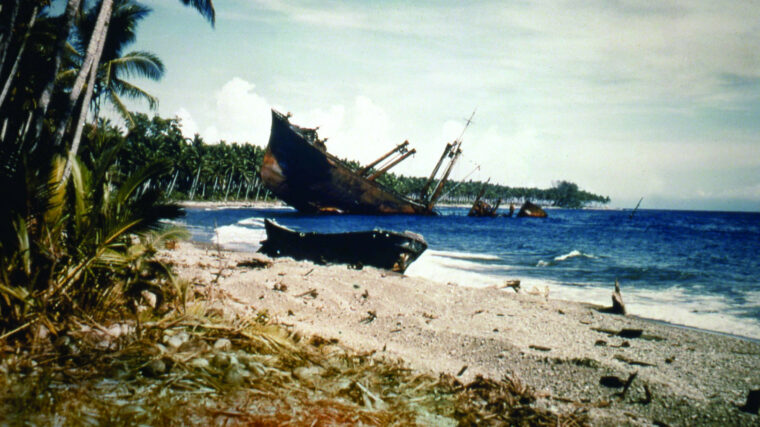
Solomon Islands
The first Japanese general officer to suggest abandoning Guadalcanal to the Americans was probably Maj. Gen. Kenryo Sato, the War Ministry’s chief of its Military Affairs Bureau. Read more
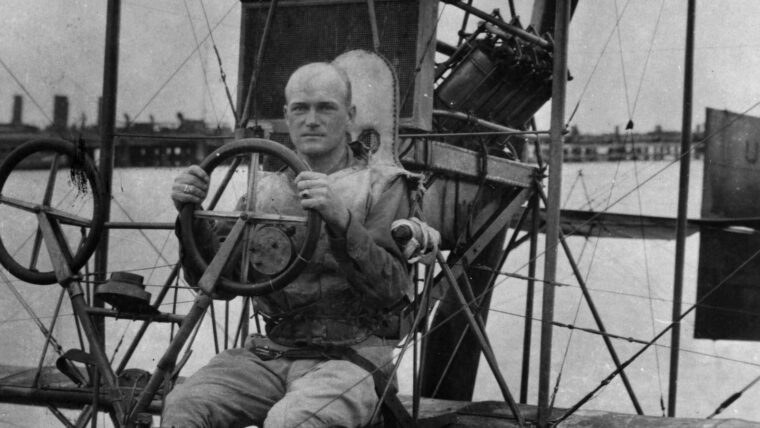
Solomon Islands
He was a seagoing J.E.B. Stuart who hid beneath weather fronts to make his attacks, and he fought more naval engagements than John Paul Jones and David Farragut combined. Read more
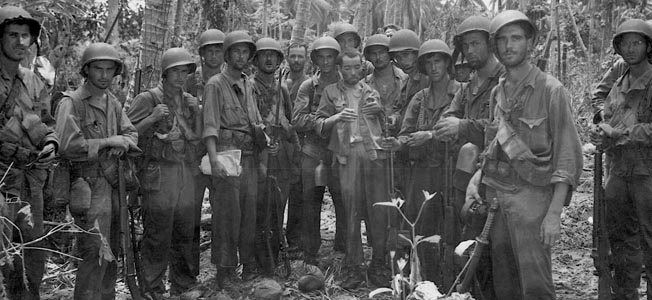
Solomon Islands
The heated reaction by the Marines to the slaughter at the Goettge Patrol, answered in kind by the Japanese, led to some of the fiercest combat seen in the war. Read more
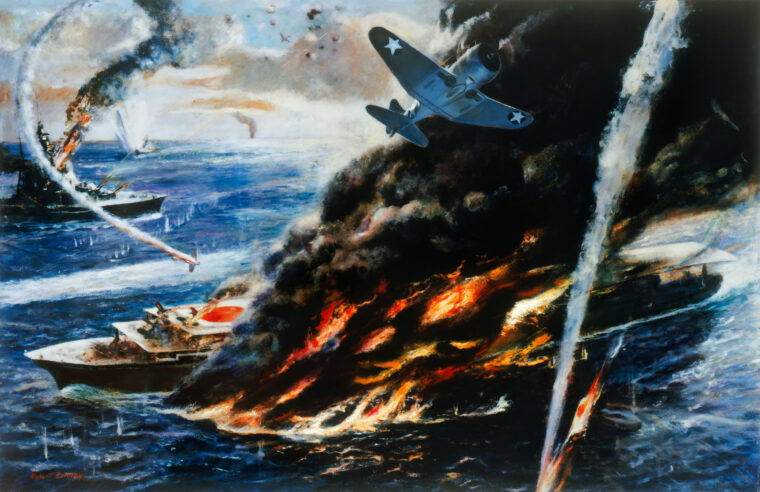
Solomon Islands
World War II was less than six months old when the American public, already stunned by the debacles at Pearl Harbor and Guam, faced one of its darkest moments. Read more
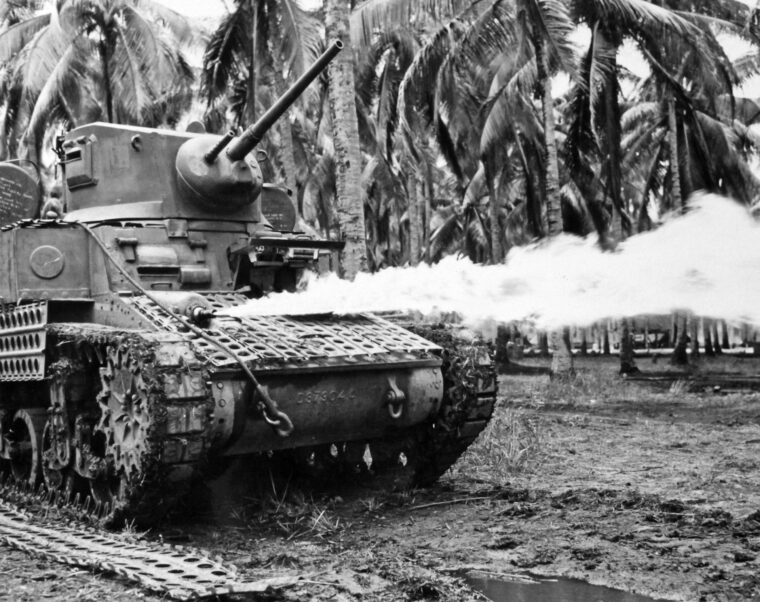
Solomon Islands
U.S. portable flamethrowers were first used in combat during the Guadalcanal campaign in January 1943. It quickly became apparent that the exposed flamethrower operator was vulnerable to Japanese small arms fire. Read more
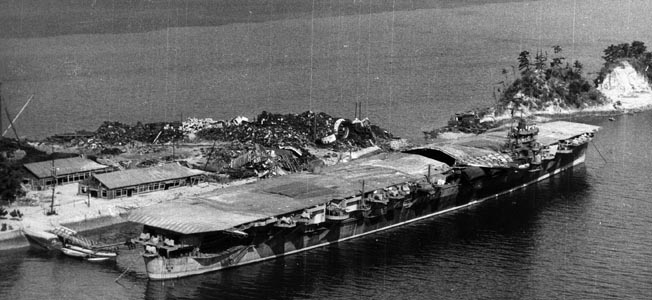
Solomon Islands
Japan lacked the industrial strength needed to wage a war against the United States. Yet, Japanese military planners seldom considered the limitations to their nation’s construction capabilities. Read more
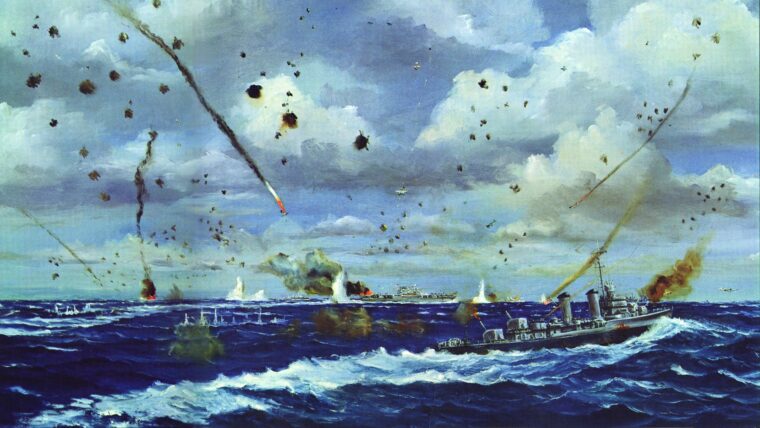
Solomon Islands
Lieutenant David C. Richardson spotted the four-engined flying boat silhouetted against the ocean by the late morning sun. Read more
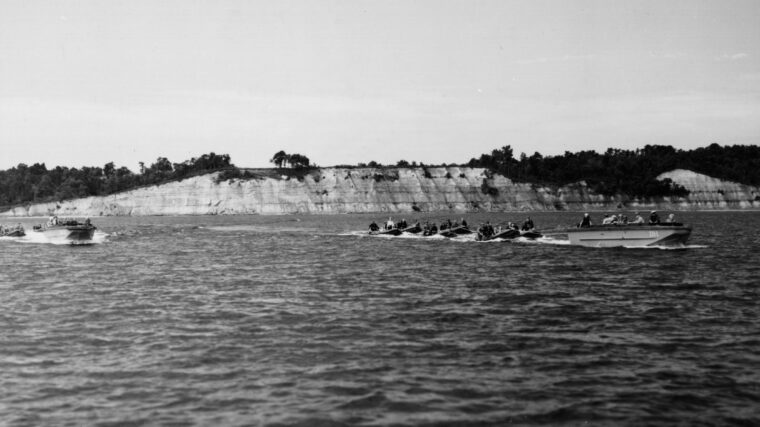
Solomon Islands
By June 1942, the military might of Imperial Japan threatened Australia. The string of spectacular Japanese conquests in the South Pacific menaced lines of supply and communication between the United States and its allies and bases in the region. Read more
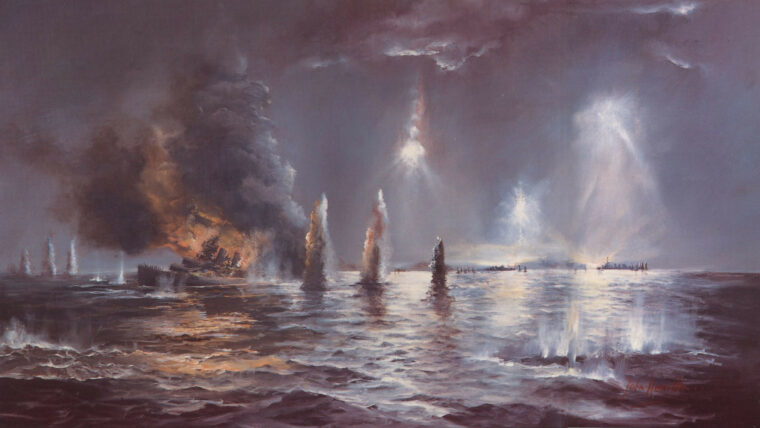
Solomon Islands
“One large, two small vessels, one six miles from Savo off northern beach, Guadalcanal. Will investigate closer.” Read more

Solomon Islands
Just before dawn, the aircraft carrier USS Enterprise turned into the wind to launch her planes. Nervous and excited pilots roared into the darkness of the vast Pacific toward the unsuspecting Japanese. Read more
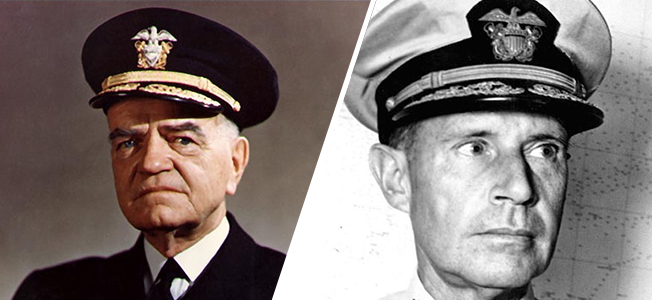
Solomon Islands
On the eve of the turning point of World War II in the South Pacific, the U.S. Navy’s most experienced aircraft carrier commander, Admiral William F. Read more
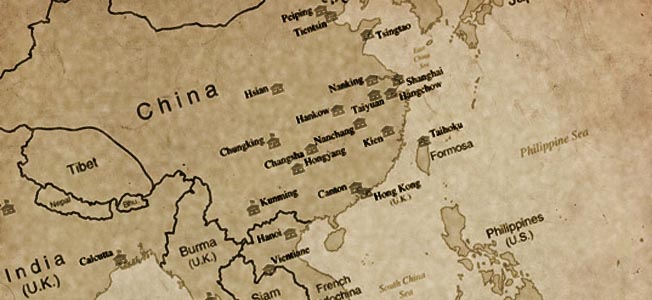
Solomon Islands
Marine Captain Frank Farrell stood in the open door of the Army Air Corps C-47 waiting for the “green light,” the signal to leap into space, on a mission that could mean life or death for hundreds, perhaps thousands, of people. Read more
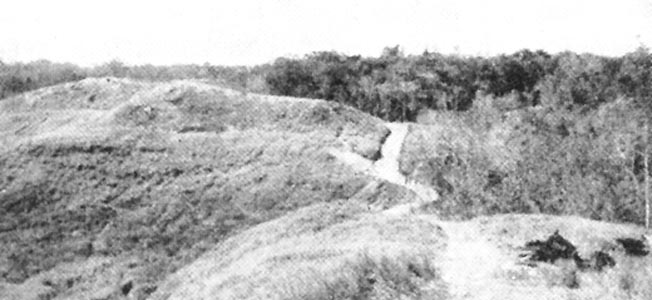
Solomon Islands
A few days after the Marines had established a toehold on the island of Guadalcanal, a trio of natives appeared at the mouth of the Tenaru River. Read more
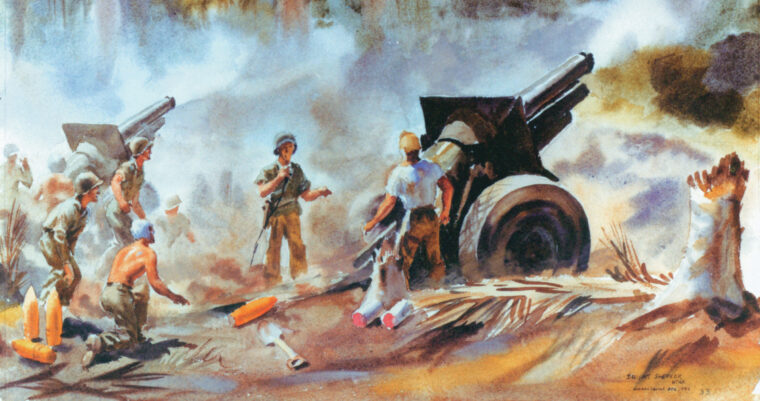
Solomon Islands
Crouched in their foxholes along Edson’s Ridge on Guadalcanal in the Solomon Islands, the Marines formed a critical but thin defense line between strategic Henderson Field and seasoned Japanese infantry lurking in the jungle. Read more